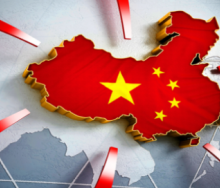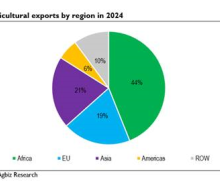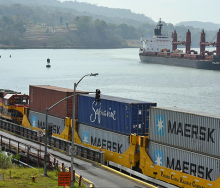China’s One Belt, One Road (OBOR) programme could have “significant implications for seaborne trade” in Africa, according to the 2016 Review of Maritime Transport.
Launched in 2013, OBOR follows the traditional Silk Road to develop an economic land belt that facilitates trade between China and countries in Central Asia, West Asia, the Middle East and Europe.
It includes a maritime road that links Chinese port facilities with those on the African coast, pushing up through the Suez Canal into the Mediterranean.
China is focusing on the east coast where its merchant fleets have been calling since at least the 14th century in the area which is now Kenya.
Partly for these historic linkages, but also for its connectivity in the region, Kenya is China’s nominated African hub for the OBOR initiative.
Chinese companies are working on revitalising the rail links between Kenyan ports and the markets they serve in the regional landlocked economies of Uganda, South Sudan, Rwanda, and Burundi.
The risk is being spread, and in July 2016 neighbouring Tanzania signed a US$7.6-billion loan agreement with the Export-Import Bank of China (China EXIM Bank) to build a standard gauge rail corridor to link Tanzania with regional neighbours Uganda, Rwanda, Burundi, and Congo.
China also signed a memorandum of understanding (MoU) with the African Union in January 2016 to help build railways, roads and airports.
Projects include a coastal road in Nigeria (US$13 billion), the building of a new standard gauge rail line between Nairobi and Mombasa (US$3.8 billion), and a rail link between Addis Ababa in Ethiopia to the Red Sea port of Djibouti (US$4 billion).













